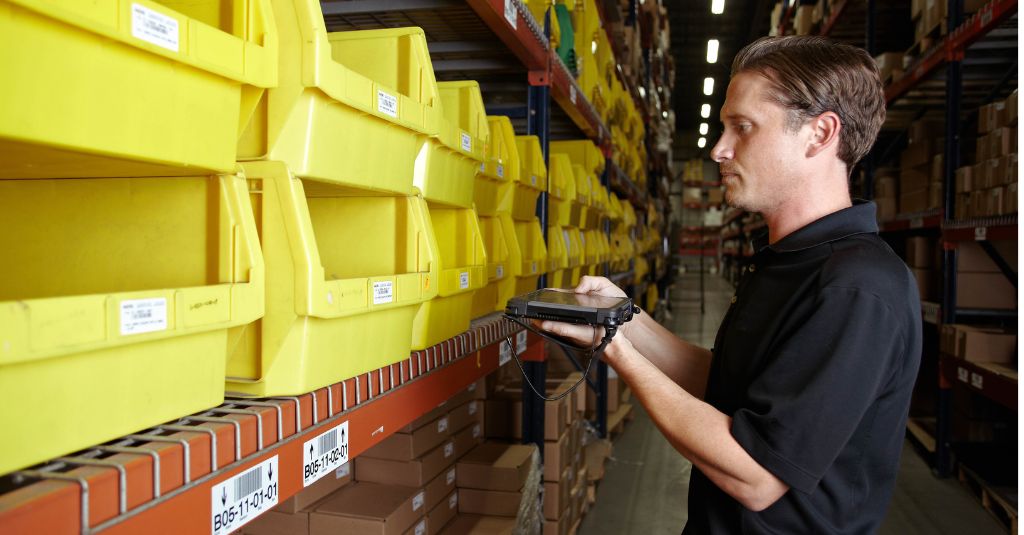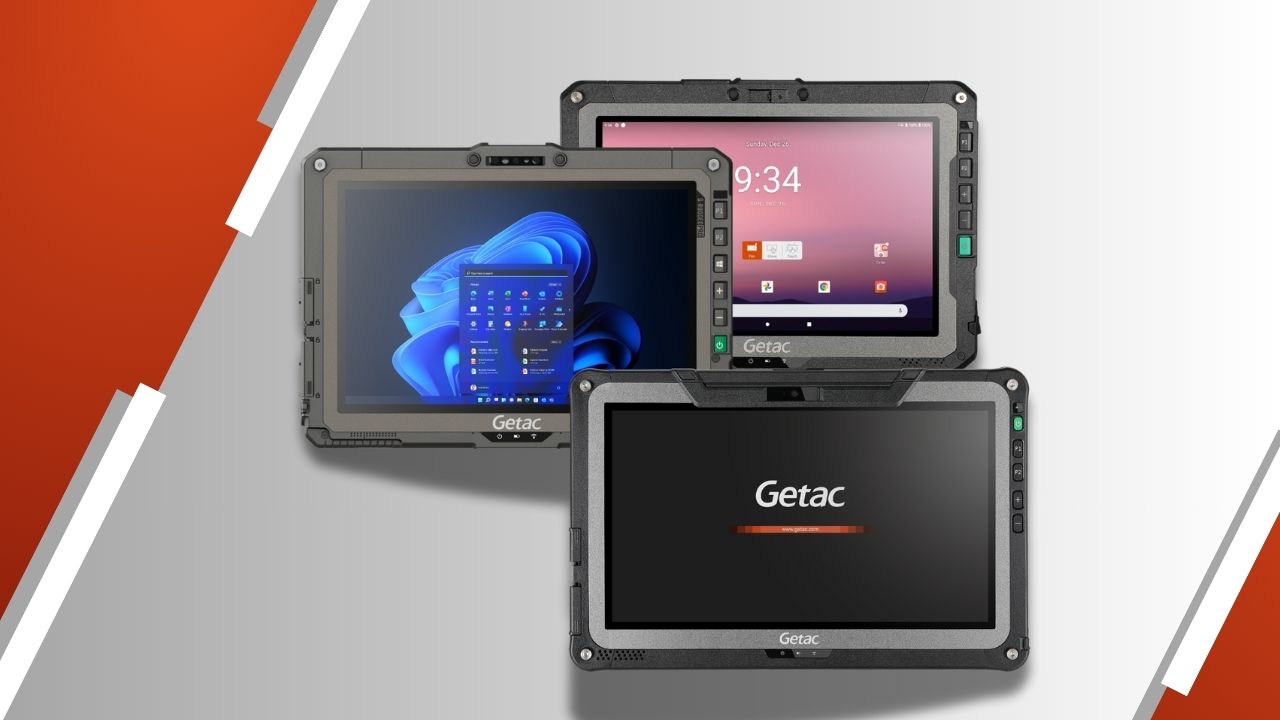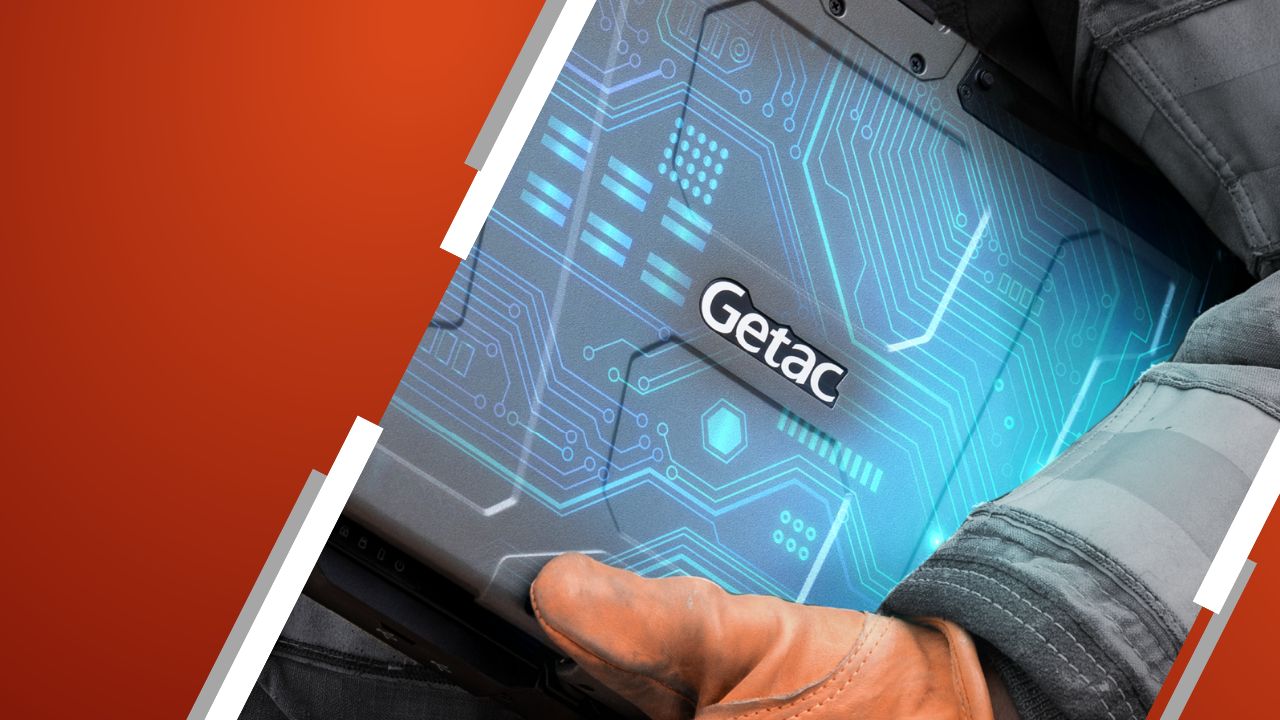As one of the leading rugged computer providers, Getac offers extensive rugged computing product lines and serves a wide range of vertical markets.

Getac Select
A combination of rugged computing devices, software, accessories and professional services in a purposeful range of specifically tailored solutions.
Getac Custom Solutions: Built For You
With Getac Custom Solutions, adapt our proven rugged devices with purpose-built features and add-ons for your unique industry’s needs. Tailor-made to fit your exact workflow, environment, and operational goals.
Defense
Mission-critical COTS computing that delivers high powered processing and reliability in operational environments.
Public Safety
Ambulance, Fire & Rescue and Policing applications
Utilities
Smart Meter Reading and Installation, On-site Safety, Utility Asset Management, Workforce Management for Utilities, Mobile GIS, Surveying and Mapping
Transportation & Logistics
Railroad Management, Airport Management, Port Management, Long-haul Delivery Fleet Management, Warehouse Materials Handling
Industrial Manufacturing
Industrial Programming and Robotic Control, Facility management, Compliance and Inspections, Workforce Management, Inventory and Warehouse Management, Factory Automation and Plant Monitoring, EAM and CMMS Solutions.
Automotive
Optimized Rugged Mobile Solutions to drive a smarter approach throughout the automotive value-chain.
Natural Resources
Mining, Forestry and Construction applications
Oil & Gas
Remote Support, Asset Management, Field Data Analysis, Workplace Safety
The global supply chain industry made it through the uncertainty of the last few years, but not without learning many valuable (and sometimes painful) lessons along the way.
One of the key lessons learned was the critical importance of having robust supply chain processes in place, particularly when it comes to achieving the short lead times and fast delivery speeds that modern customers now demand.
Recent global upheaval has further highlighted this issue, so much so that sixty-nine percent of chief procurement officers (CPOs) in Deloitte’s 2023 CPO survey said their top priorities are enhancing risk management protocols and developing resilient supply chains.
Of course, such improvements won’t come overnight, and having the right technology in place will be fundamental to achieving the kind of efficiencies that businesses are striving for. In particular, the use of rugged devices and solutions is seeing significant growth throughout the transport and logistics (T&L) sector as whole. In fact, a recent study by IDC and Getac found that 65% of T&L organizations are now spending at least 10% of their IT budget on rugged devices, with 51% planning to increase their spending over the next 12-18 months.
There are multiple reasons why IT leaders in T&L are turning to rugged devices. Not only do they function well in harsh T&L environments such as warehouses and sorting centers, but their extensive battery life enables significant periods of operation between charges. They can also withstand accidental knocks, drops and shocks, while their high ingress protection (IP) ratings ensure dust and water don’t damage components. As a result, they can be used by T&L employees across facilities to efficiently track key metrics such as inventory turnover, order fulfilment accuracy.
The benefits don’t end there either. Many rugged devices can be equipped with barcode readers, RFID scanners and cameras to accurately capture important asset information and integrate data directly into relevant supply chain management systems. They can also be equipped with 4G/5G, Wi-Fi and Bluetooth connectivity so team members can receive updated information in real-time, keeping everyone on the same page with respect to supply chain visibility.
This powerful combination of rugged reliability, mobility, and connectivity helps improve communication between workers and dispatch crews so last-minute changes in T&L operations can be easily handled. Rugged devices can be used to inform workers about the next step in workflows so they can attend to jobs without creating bottlenecks that disrupt delivery times.
Improved productivity, cost savings, and room for automation are just a few of the many advantages that rugged devices deliver for the T&L sector. They lay the foundation for adoption of a range of advanced technologies, the advantages from which can positively impact key performance indicators over time.
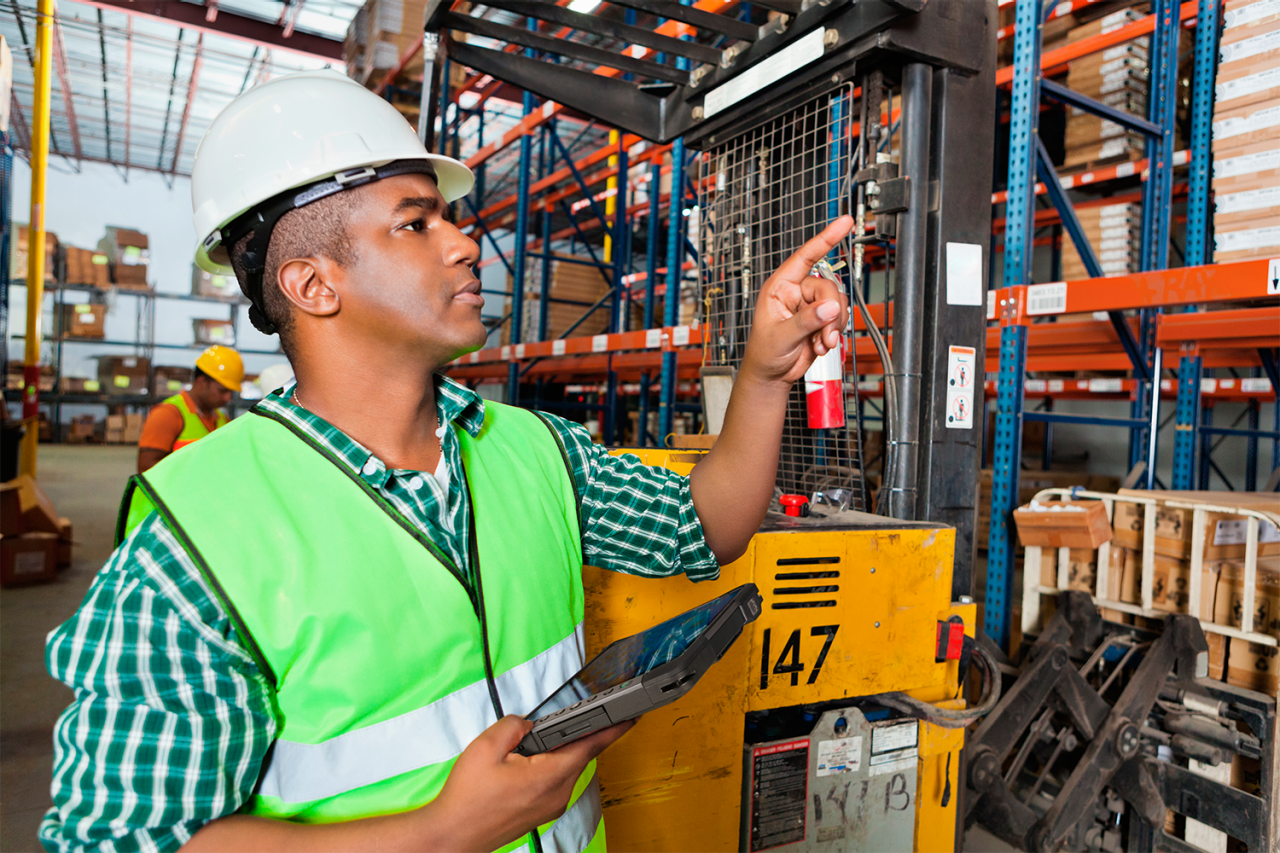
Durability, portability, and connectivity in rugged tablets enhances communication between staff and dispatch teams, facilitating the smooth management of last-minute operational adjustments.
In addition to enhancing efficiency, rugged technology can also help resolve many of the ongoing challenges that the T&L sector faces. These include a need to improve transparency in the supply chain, eliminate inefficiencies in data gathering and meet health & safety, environmental and sustainability regulations.
Unexpected events such as severe weather and “black swan” events like the COVID-19 pandemic can impact T&L operations overnight, which is why the sector needs ready access to technology that can provide visibility and deliver valuable insights. Rugged technology does just that, enabling companies to better track key performance indicators, identify inefficiencies, and make data-driven decisions that optimize processes and reduce costs.
A growing number of T&L companies also now use IoT sensors on assets and goods, which give them real-time information on a range of parameters such as humidity and temperature while in transit. When integrated into supply chain management systems, these insights can help inform decisions on things like delivery schedules, with rugged devices serving as the platforms through which drivers/managers access and receive this information.
At the same time, real-time GPS tracking can help keep workers safe in adverse weather conditions, while dispatchers can use it in combination with real-time traffic data to route drivers via the most eco-friendly routes possible, helping to reduce their carbon footprint.
The operational visibility that rugged technologies offer also helps track energy consumption and optimize productivity. IDC’s study found a growing number of T&L organizations were looking to integrate rugged devices into warehouse management, customer relationship, and supply chain management systems, all in a bid to improve efficiencies in the supply chain and boost worker performance.
As mentioned, rugged devices are purpose built to withstand the harsh working conditions found in industries like T&L, but the business case extends far beyond durability alone. The combination of powerful specification, extensive connectivity and rugged reliability makes them ideally suited to T&L environments, where a single device can travel hundreds of miles a day and be used in a wide range of locations, temperatures, and weather conditions.
Most rugged device fleets can also be scaled up easily, using centrally managed security protocols that make it easier for IT teams to protect sensitive data, regardless of where the device physically is.
While upfront capital investment in a rugged device stack might be a little higher than consumer-oriented equivalents, the total cost of ownership (TCO) shakes out in favor of rugged devices. Digital transformation in all sectors, including in T&L, depends on reliable, always-available, accurate data, which can also help automate supply chain processes. The ability to deliver this data when needed means rugged devices can unlock a range of efficiencies across the entire supply chain.
Whether companies are looking to improve their customer service metrics, boost sustainability initiatives, comply with regulations, cut down on waste in last-mile logistics, or improve worker productivity, rugged devices are essential in helping meet these goals.
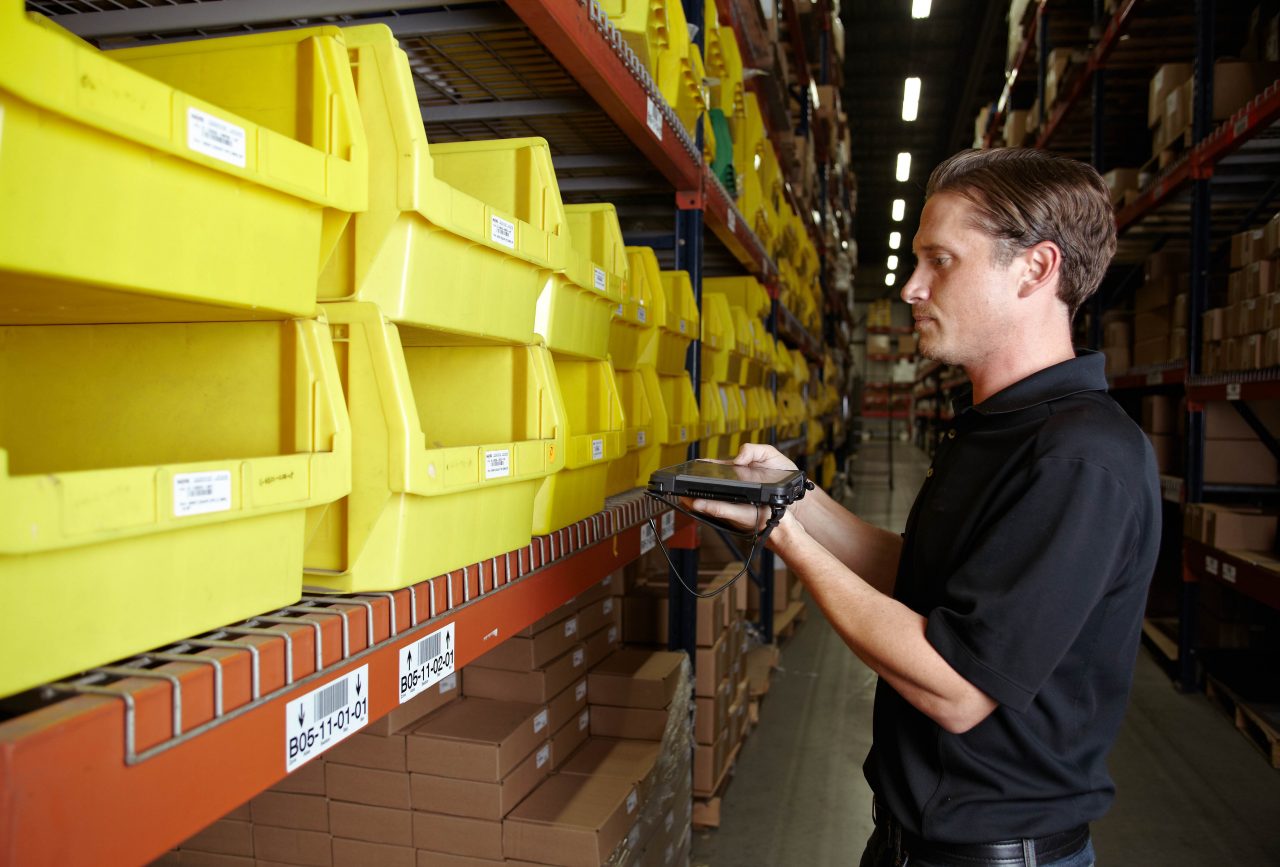
Rugged devices can incorporate barcode readers, RFID scanners, and cameras to precisely record vital asset details and seamlessly integrate data into supply chain management systems.
Rugged devices might be a must-have for T&L operations but making a wise investment decision means considering the following factors in TCO calculations:
Ease of integration with in-house supply chain software systems: For rugged devices to do their job, which is to facilitate access to data, they need to integrate with software systems for that information. Companies need to ensure that rugged devices will work with existing supply chain and warehouse management systems. Integrating rugged devices with inventory management systems such as ultra-high frequency (UHF) RFID is crucial to optimize inventory processes and improve efficiency.
A vendor with a diverse product portfolio: Companies should evaluate the range of operating conditions that their fleet of rugged devices will need to withstand and pick the right device/s to match these needs. Future demand will also be key in picking the right set.
Robust security protocols: One of the key concerns that many companies have is that rugged devices expand the company’s data systems to the edge and compromising even a single device will lead to serious security breaches. Trusted rugged device vendors take cybersecurity extremely seriously to keep data secure while at rest and in transit.
Vendor with industry expertise: The T&L sector has unique challenges that translate to unique requirements when it comes to rugged devices. Companies should evaluate whether the rugged device vendor they are considering has relevant industry expertise and can guide/inform their decision-making process in an open and honest way.
The best practices for integrating rugged devices into T&L operations extend beyond the ones listed here. Companies should conduct a comprehensive TCO assessment and ensure a ramp-up period to iron out any potential issues that might surface. Most importantly, the C-suite needs to ensure workforce buy-in, so team members see the devices as aids that help them do their job better while improving efficiency.
Heavyweight multinationals like FedEx, UPS, and Amazon use rugged devices to drive their T&L operations and keep goods moving smoothly up and down supply chains. More companies are realizing the value in ruggedized operations and companies like Getac have an extensive suite of devices and solutions tailored for supply chain and T&L processes. They can be transformational in delivering efficiencies that help build resilient supply chains.
No one can predict when the next supply chain shock will occur but being able to access data in real time keeps T&L companies agile and able to withstand ups and downs. Now is the time to invest in rugged devices to make T&L operations function smoothly and ready to take on any challenge.
Learn more about how the global T&L sector is working or planning or integrating rugged devices into their operations. Read insights in our whitepaper commissioned with IDC.
As one of the leading rugged computer providers, Getac offers extensive rugged computing product lines and serves a wide range of vertical markets.

